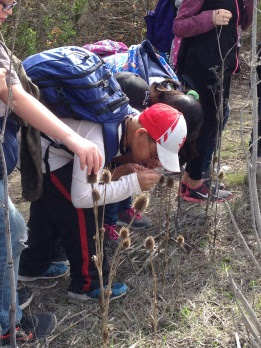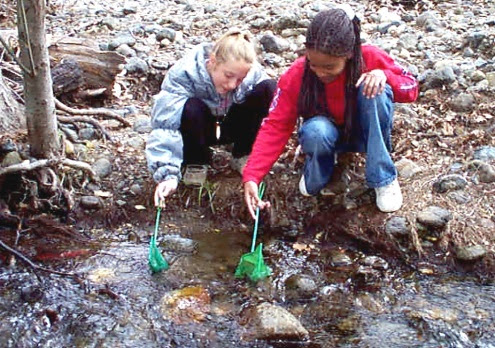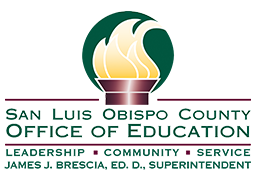Developing Environmental Literacy
Every person relies on the environment for food, water, clean air, natural resources, and much more. The environment (natural or built) provides students an engaging and real-life context for learning and gives educators the opportunity to help their students build environmental literacy where they examine real-world issues, think about the relationship between humans and natural systems, and build collaboration and problem-solving skills. But where do we begin? There are several documents that support this instruction in our schools.
Back in 2004, the Environmental Principles and Concepts (EP&Cs) were approved by the State Board of Education and include five Principles and 14 Concepts that highlight the deep relationship between hum ans and the natural world. They are big ideas intended to inform standards-based instruction and fuel student inquiry. Teachers can support environmental literacy by helping students to understand and apply the EP&Cs across academic disciplines and in the real world. By law, the EP&Cs must be addressed in future California textbooks and instructional materials adopted by the state. Thus, they are integrated into the revised California History-Social Science and the new California Science Framework. Chapter 1 of the Science Framework describes how the EP&Cs support the three dimensions of the Next Generation Science Standards. Additionally, Chapter 11 describes the importance of outdoor learning experiences where students are engaged directly with nature, learn to think like a scientist, and participate in discussions about the natural world.
ans and the natural world. They are big ideas intended to inform standards-based instruction and fuel student inquiry. Teachers can support environmental literacy by helping students to understand and apply the EP&Cs across academic disciplines and in the real world. By law, the EP&Cs must be addressed in future California textbooks and instructional materials adopted by the state. Thus, they are integrated into the revised California History-Social Science and the new California Science Framework. Chapter 1 of the Science Framework describes how the EP&Cs support the three dimensions of the Next Generation Science Standards. Additionally, Chapter 11 describes the importance of outdoor learning experiences where students are engaged directly with nature, learn to think like a scientist, and participate in discussions about the natural world.
To further support building environmental literacy in our students, the Blueprint for Environmental Literacy: Educating Every California Student In, About, and For the Environment was  published in 2015 by CDE. The Blueprint identifies six guiding principles, a strategic framework, and six overarching strategies to help us achieve environmental literacy for all students in California. Tom Torlakson, State Superintendent of Public Instruction states that “Fostering environmental literacy gives educators the opportunity to nurture the “whole child,” to learn about and understand nature, and to inspire students to ask meaningful questions about the world around them and their role in it.” As educators, we have a chance to provide students with experiences that will help them become environmentally literate citizens.
published in 2015 by CDE. The Blueprint identifies six guiding principles, a strategic framework, and six overarching strategies to help us achieve environmental literacy for all students in California. Tom Torlakson, State Superintendent of Public Instruction states that “Fostering environmental literacy gives educators the opportunity to nurture the “whole child,” to learn about and understand nature, and to inspire students to ask meaningful questions about the world around them and their role in it.” As educators, we have a chance to provide students with experiences that will help them become environmentally literate citizens.
 Implementation of the EP&Cs and NGSS to build an environmental literate student population is important across SLO County. We would be happy to offer resources, guidance, and support in your endeavors as Districts.
Implementation of the EP&Cs and NGSS to build an environmental literate student population is important across SLO County. We would be happy to offer resources, guidance, and support in your endeavors as Districts.
Celeste Royer
Director of Environmental Education
Rancho El Chorro Outdoor School
San Luis Obispo County Office of Education
croyer@slocoe.org
805-782-7334
Contact
- San Luis Obispo County Office of Education
- Office of James J. Brescia, Ed.D.
- 3350 Education Drive
- San Luis Obispo, CA 93405
- Tel: 805-543-7732
- Contact SLOCOE
- Contact Webmaster

